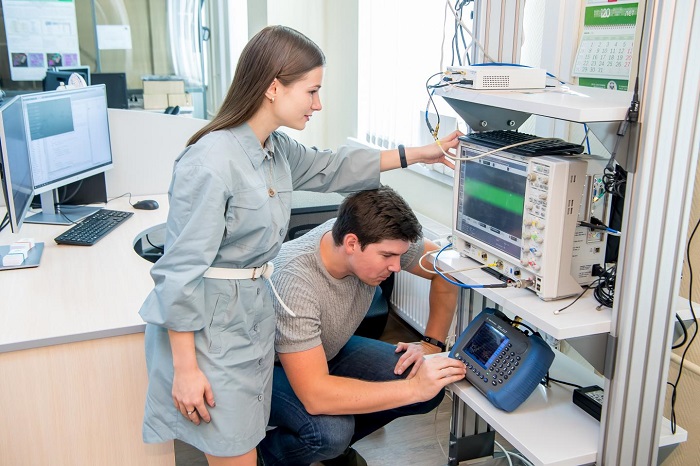CLOUD
Russian researchers develop new technologies for 6G modems
Researchers develop a spectrally efficient signal technology, which involves changing the shape of the transmitted signals
Scientists around the world are conducting researches on the concept of 6G information transfer standard, although the introduction of the 5G standard is still planned, and the 4G standard is still relevant and meets the requirements of users. One of the disadvantages of the applied signals is that the frequency bandwidth is too large. Researchers are trying to solve this problem by various methods, which usually lead to the quality deterioration of signal reception or the decrease in the communication range.
The effectiveness of modern information transmission equipment, including mobile communications equipment, is determined by various resulting characteristics. For example, an important parameter is an occupied frequency bandwidth. The economic value of this resource is extremely high and the reduction of the occupied frequency bandwidth will decrease the cost of implementing and maintaining communications. This will reduce the cost of services for subscribers. Also, an important parameter is the peak factor of the emitted oscillations, which determines the efficiency of the amplifiers and the operating time of the devices after the battery charge.
Researchers of the Higher School of Applied Physics and Space Technology of Peter the Great St.Petersburg Polytechnic University (SPbPU) develop a spectrally efficient signal technology, which involves changing the shape of the transmitted signals to regulate various resulting characteristics.  {module In-article}
{module In-article}
"Reducing the occupied bandwidth will not only decrease the costs but will also make it possible to use additional transmission channels in the appeared frequency resource. Thus it possible to increase the speed of information transfer or to increase the number of subscribers of the communication network," explains Sergey Zavjalov, associate professor at the Higher School of Applied Physics and Space Technology SPbPU.
According to scientists, such shapes of the signal are formed using a complex mathematical apparatus. Polytechnic University specialists developed a method for synthesizing such signals. "For various operating conditions of the information transmission system, an optimization problem is formulated. For calculations, we use the supercomputer center 'Polytechnic'. Then the signal shape is used for experimental verification," says Anna Ovsyannikova, the master student of the Higher School of Applied Physics and Space Technology.
The effectiveness of the proposed signals in real conditions is tested using software-defined radio platforms. "In our laboratory, this technology is used for experimental verification of signals in various scenarios. For example, the transmission of information is simulated in extreme industrial conditions of the plant or urban conditions," mentioned Ilya Lavrenyuk, the graduate student of the Higher School of Applied Physics and Space Technology SPbPU.
Currently, researchers are developing a prototype of a digital radio modem, which is to be used for 5G-6G information transfer standards. The research results have been presented to the International Telecommunication Union (ITU) for the implementation in the international standards of mobile communications, digital television and broadcasting.
The technology may be also applied in the Internet of things, Smart home systems, city management and monitoring of power plant systems.

